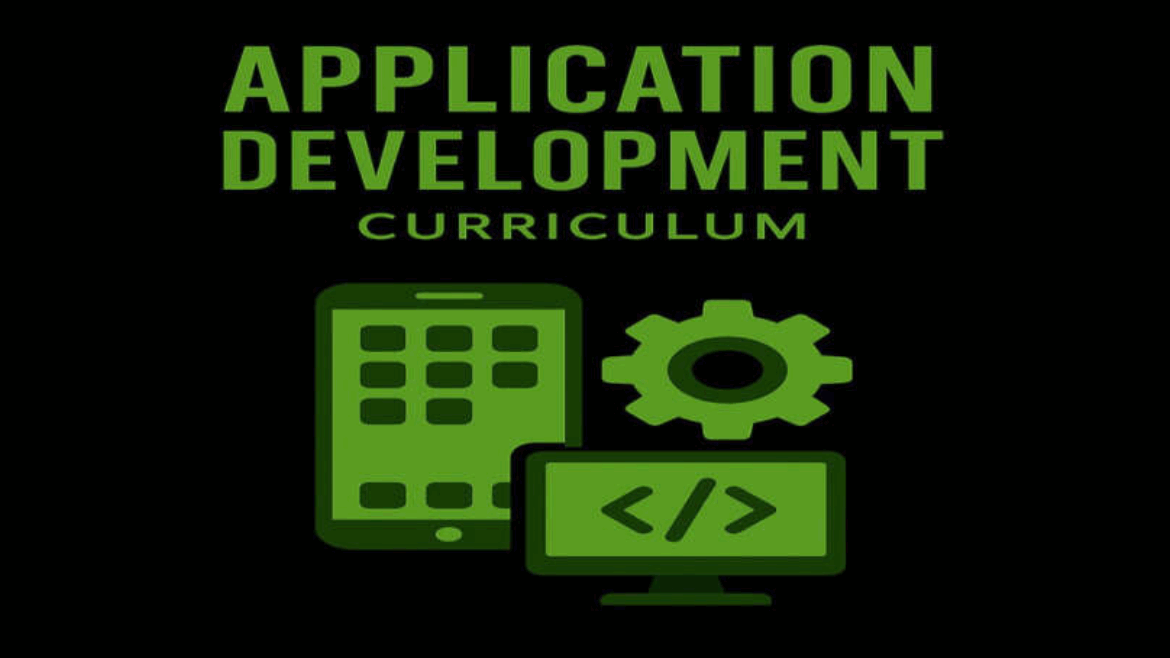Format: Self-paced, project-based in 4 phases
Focus: Build a working app from scratch — web or mobile
Tools: Figma, HTML/CSS/JS, React or Flutter (optional), Firebase, Supabase, GitHub, Netlify/Vercel
🔹 Phase 1: Planning & Designing the App
Goal: Turn an idea into a practical app plan and prototype
Topics Covered:
- What makes a good app? Understanding user needs
- Choosing your app type: web vs mobile
- Planning features with a user flow diagram
- Designing interfaces using Figma (or Canva)
- Creating wireframes and clickable prototypes
Assignment:
- Brainstorm and outline your app idea (name, purpose, audience, 3 core features)
- Sketch wireframes on paper or in Figma
- Create a clickable mockup of the main user journey (e.g., login → home → action)
✅ Milestone: A complete visual prototype of your app with screens and flow defined.
🔹 Phase 2: Front-End Development (User Interface)
Goal: Build the front-end (what the user sees) of your app
Topics Covered:
- HTML, CSS, JavaScript basics (or Flutter/Dart for mobile)
- Responsive layouts (desktop + mobile)
- Components and states using React (optional)
- Connecting pages, navigation, and form inputs
- Styling with frameworks like Tailwind, Bootstrap, or Material UI
Assignment:
- Build the homepage, login page, and one feature page
- Use forms (e.g., login, search, submit)
- Style pages to match your design from Phase 1
- Use browser Inspect Tool to test layout/responsiveness
✅ Milestone: A functional, interactive front-end that mimics the designed app flow.
🔹 Phase 3: Back-End & Database Integration
Goal: Make your app dynamic — store data, create users, and perform logic
Topics Covered:
- What is a back-end? Introduction to APIs, authentication, and databases
- Choosing a back-end tool: Firebase, Supabase, or Express.js + MySQL
- User authentication (sign up, login, logout)
- Reading/writing data (CRUD: create, read, update, delete)
- Connecting front-end forms to database actions
Assignment:
- Set up Firebase or Supabase
- Build user login/signup system
- Store and display dynamic data (e.g., posts, contacts, tasks)
- Test it using live input/output
✅ Milestone: A working full-stack app with real-time data and user login.
🔹 Phase 4: Launching, Testing & Improving
Goal: Deploy your app to the web and polish the user experience
Topics Covered:
- Deploying to Netlify, Vercel, or Firebase Hosting
- Custom domains (optional)
- Bug testing, mobile testing, and user feedback
- Version control basics with Git/GitHub
- Bonus: intro to analytics, SEO, and performance tools
Assignment:
- Publish your app online
- Share your link and ask at least 3 users to test it
- Fix at least 2 bugs or improvements based on feedback
- Submit a project walkthrough (PDF or video)
✅ Milestone: A public, working app with feedback-based improvements.
🧾 Final Capstone Project
Deliverables:
- Live app link
- GitHub repo (or zip file of code)
- Screenshots of planning & design
- A short walkthrough video or document explaining:
- What your app does
- Tech/tools you used
- Challenges & wins
- Future improvements
- What your app does
🛠️ Optional Tools by Level:
| Skill Level | Tools |
| Beginner | Google Sheets (backend), Glide, Adalo, Thunkable |
| Intermediate | HTML, CSS, JS, Firebase, Netlify |
| Advanced | React/Next.js, Flutter, Node.js, Supabase, GitHub |
Let me know if you want:
- A no-code version of this curriculum
- Printable worksheets or templates for each phase
- A version tailored for youth,
